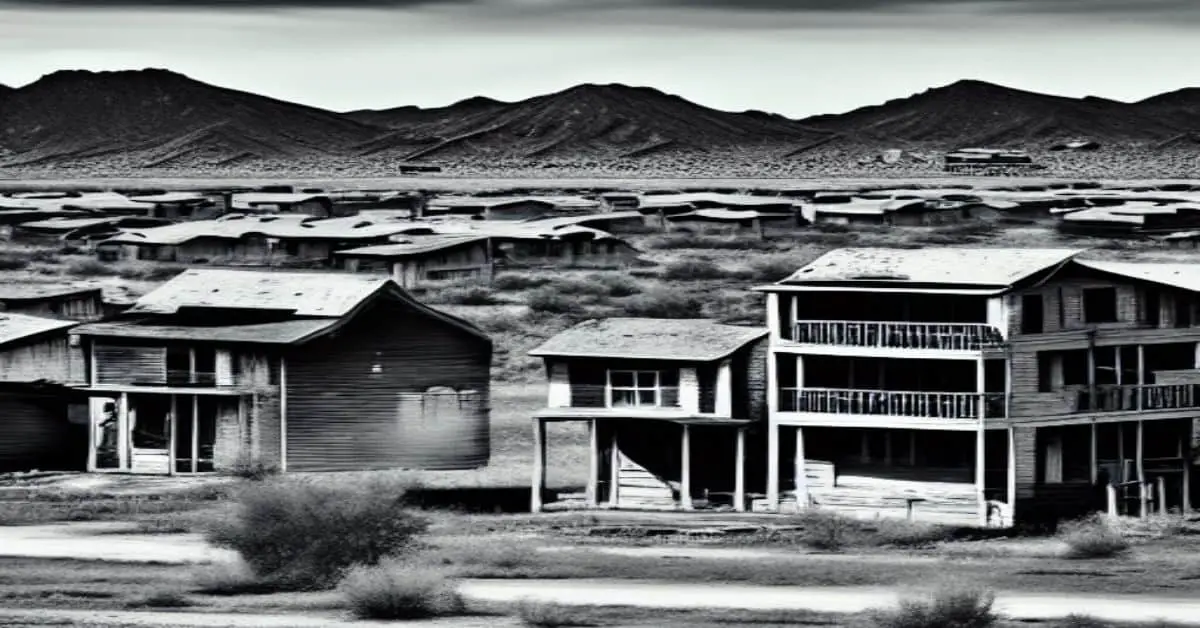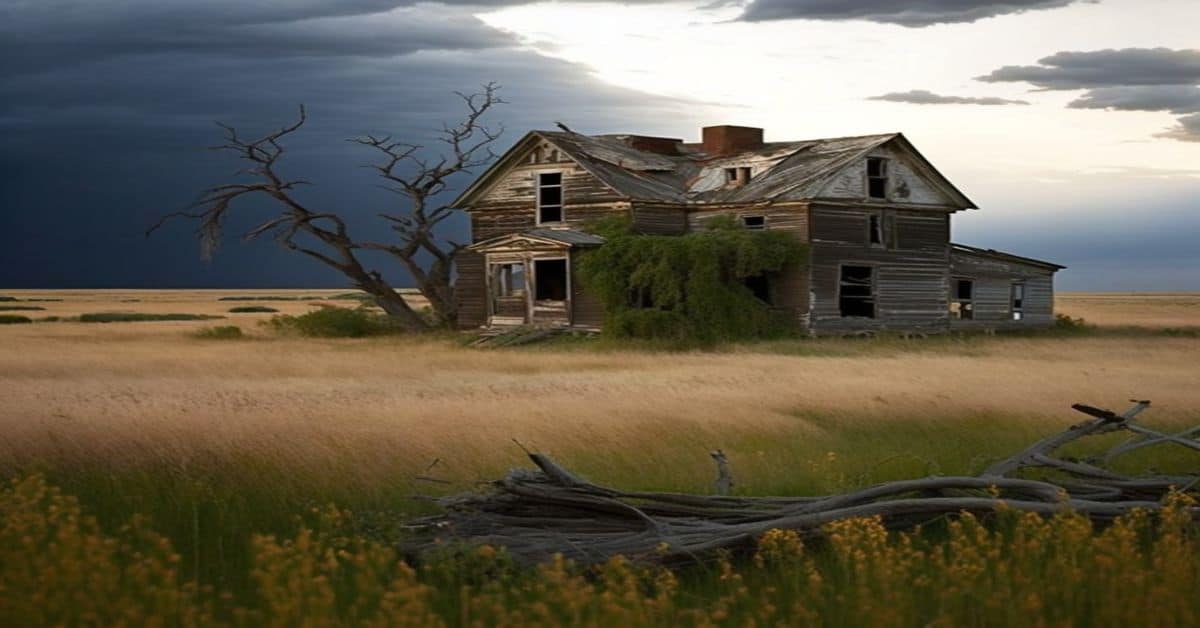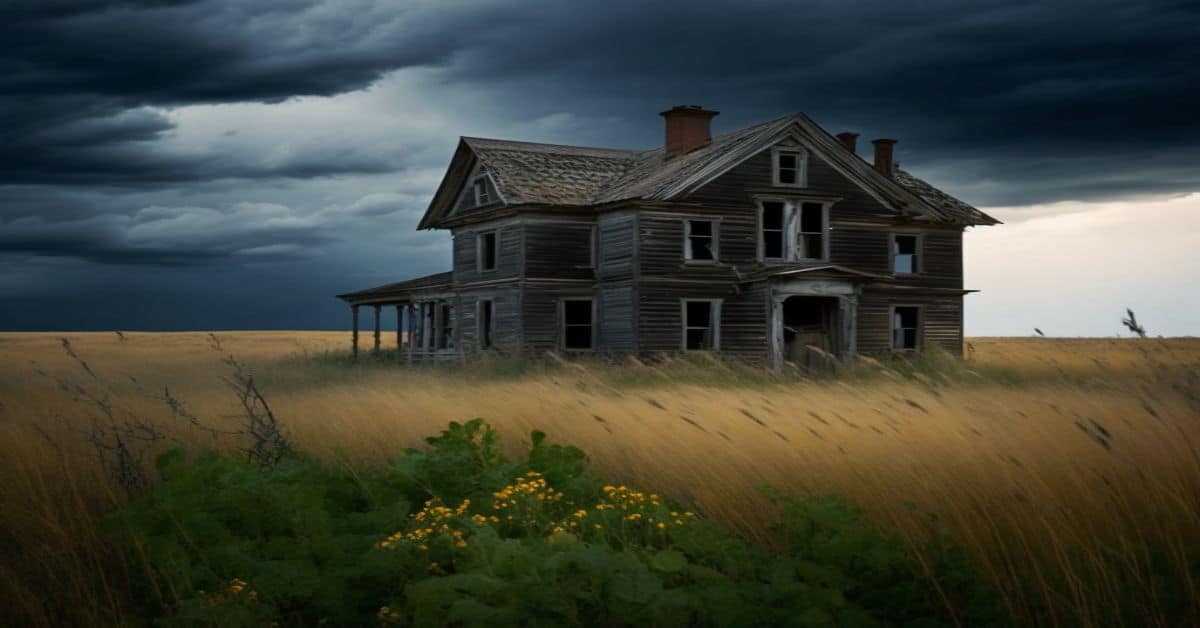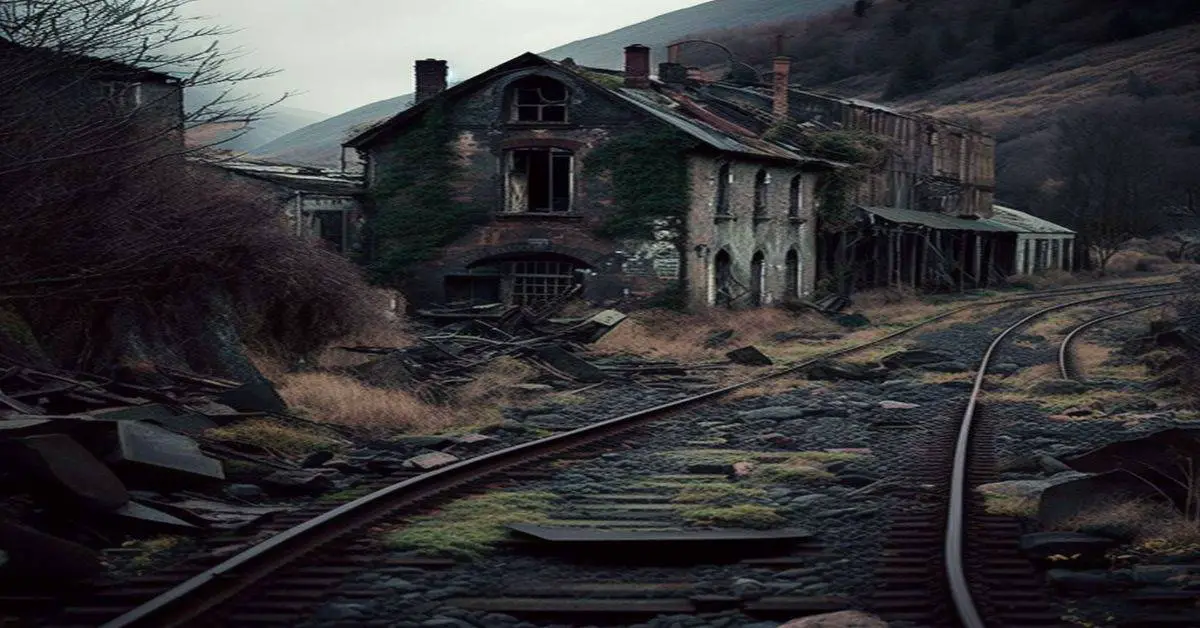Have you ever heard of ghost towns? These abandoned settlements, once thriving communities, now lay empty and forgotten.
Wisconsin is home to several ghost towns, and exploring these relics of the past can be an exciting and educational experience.
In this article, we’ll look closely at some of Wisconsin’s most fascinating ghost towns and discover what happened to these once-bustling communities.
What Are Ghost Towns?
Before diving into Wisconsin’s ghost towns, let’s define what a ghost town means. Simply put, a ghost town is an abandoned settlement that was once inhabited but now deserted. These towns were usually abandoned due to economic decline, natural disasters, or other factors that made them uninhabitable.
The History of Wisconsin’s Ghost Towns
Wisconsin was once a land of opportunity, and its rich natural resources, such as lead and copper, attracted settlers worldwide. As the state grew, so did its towns and cities, but not all of them stood the test of time. Many of these communities were abandoned as people moved to other areas for better opportunities.
Exploring Wisconsin’s Ghost Towns
Several of Wisconsin’s ghost towns are open to visitors today, providing a fascinating glimpse into the past. From the empty streets of abandoned villages to the decaying remains of old factories, exploring these lost communities can be an unforgettable experience.
Venture into the obscure and enigmatic world of Wisconsin’s abandoned ghost towns. Discover a bygone era where bustling mining and railway communities once thrived, now reduced to a mere shadow of their former glory.
Explore the remnants of towns scattered across the state, some preserved; others left to the whims of nature. Delve into the rich history of the following top ghost towns in Wisconsin:
Delhi, Wisconsin
This intriguing ghost town near Rushford in Winnebago County beckons the curious. Placed between Eureka and Omro, at the confluence of Waukau Creek and Fox River Junction, Delhi was founded in 1848 by the French trader Luke La Borde.
The town flourished as a prominent trading hub, boasting a floating bridge, post office, grain mills, sawmill, school, hotel, multiple stores, and streets.
Unfortunately, Delhi’s decline began when it was bypassed by the railroad and failed to be named the county seat. Only a few original structures still stand at the site today.
Grand Chute, Wisconsin
This ghost town in Outagamie County, now part of Appleton, holds its place in history, with its surviving structures listed in the National Register of Historic Places. Established in 1849 as Martin village by Morgan L. Martin, Abram B. Bowen, and Theodore Conkey, the town was renamed Grand Chute in 1850 and situated along the Fox River near Lawrence University.
Although it was once a thriving trading center, Grand Chute was eventually outgrown by Appleton and eventually annexed by the city. A few original buildings remain on the site today.
Minersville, Wisconsin
Explore the ruins of this ghost town near modern-day Dodgeville in Iowa County. Established in the 1840s following the opening of the Dodgeville Mine, Minersville attracted many immigrants and served as a railway station.
At its peak, the town had a post office, school, church, saloons, general stores, gambling houses, and various businesses serving its growing population.
However, when the Dodge Mine was depleted, the residents gradually left, searching for new employment, marking the beginning of Minersville’s decline. Today, little remains of this once-thriving town.
Helena, Wisconsin
This former mining and factory town was established in the 1820s to process lead mining in the area. Helena quickly became an important lead shipping center by establishing a lead shot manufacturing process.
Originally a river port for lead transportation, the town was relocated a few miles northeast to the Helena Shot Tower following the Black Hawk war of 1832. Although Helena flourished through the 1850s, its decline began when the railroad was built through Spring Green instead.
Helena is now preserved as Tower Hill State Park, featuring a reconstructed Shot Tower and the Old Helena cemetery.
Pendarvis, Wisconsin
Discover the history of this historic ghost town near Mineral Point, consisting of restored cabins used by miners in the 19th century. Registered in the National Registry of Historic Places and managed by the Wisconsin Historical Society, visitors are welcome to explore and learn about Pendarvis’s rich history.
The town was established in the 1930s as miners flocked to the region for employment in the lead mines around Mineral Point. Pendarvis was thought to have over 4000 residents at its peak and was supported by lead, tin, and zinc mining.
By the turn of the century, most residents had already left as the minerals declined, but the town has been restored today, with most of its early cabins being reconstructed and open to the public.
Kaiser, Wisconsin
located in Price County, was established in 1901 by a logger from Park Falls and had a growing population with a school, post office, general store, and more. In 1905, a sawmill was built, attracting more people to the town and serving as the terminal of the Omaha railway line for three years.
The saw mill’s closure marked the town’s end, and today, little remains to tell the tale of its once prosperous past.
These ghost towns in Wisconsin offer a glimpse into the state’s rich history and are a must-visit for anyone passionate about the eerie and unknown. Whether you’re exploring Delhi, Grand Chute, Minersville, Helena, Pendarvis, or Kaiser, you will surely be enchanted by the stories and remnants of these long-forgotten settlements.



